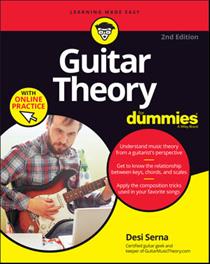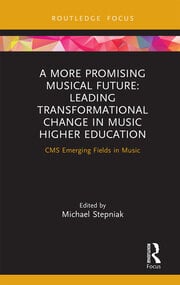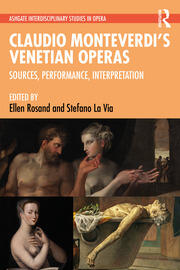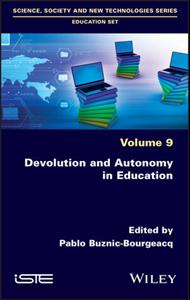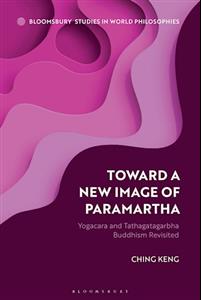
Yogacara and Tathagatagarbha are often regarded as antagonistic Indian Buddhist traditions. Paramartha (499-569) is traditionally credited with amalgamating these philosophies by translating one of the most influential Tathagatagarbha texts in East Asia, the Awakening of Faith in Mahayana, and introducing Tathagatagarbha notions into his translations of Yogacara texts.
Engaging with the digitalised Chinese Buddhist canon, Ching Keng draws on clues from a long-lost Dunhuang fragment and considers its striking similarities with Paramartha’s corpus with respect to terminology, style of phrasing and doctrines. In this new, cutting-edge interpretation and exploration of the concept of jiexing, Keng makes the case that the fragment in fact preserves Paramartha’s original teachings. This volume serves to demystify the image of Paramartha and reassesses the relationship between the Awakening of Faith and Paramartha, Paramartha and Xuanzang (602-664), and Yogacara and Tathagatagarbha.
> 상품 상세정보
| 출판사 | Bloomsbury Academic | 출판년도 | 2022 |
|---|---|---|---|
| 제본 | Hardback | 판차 |








